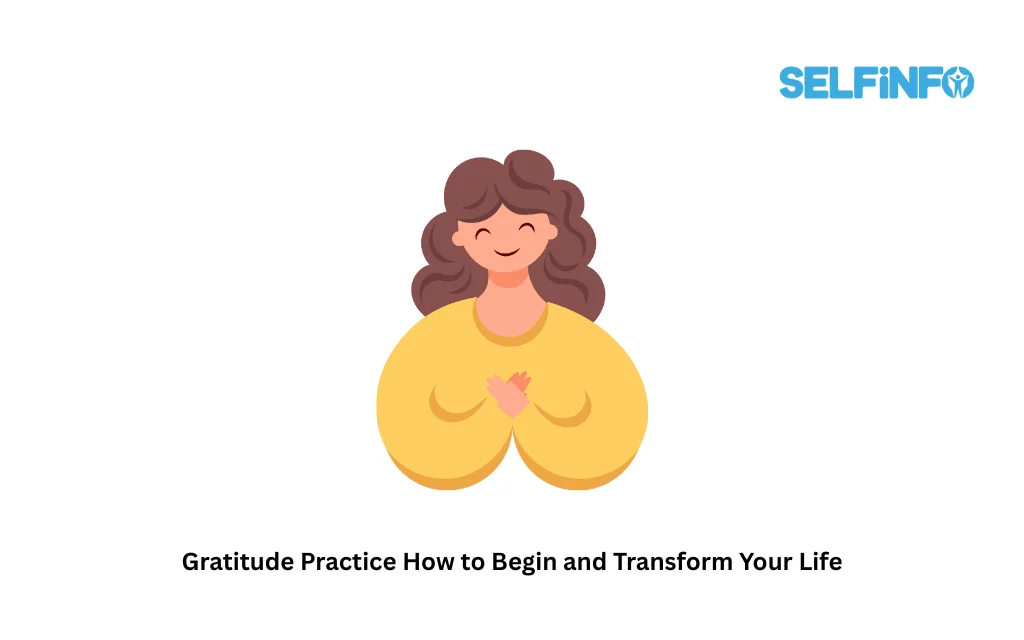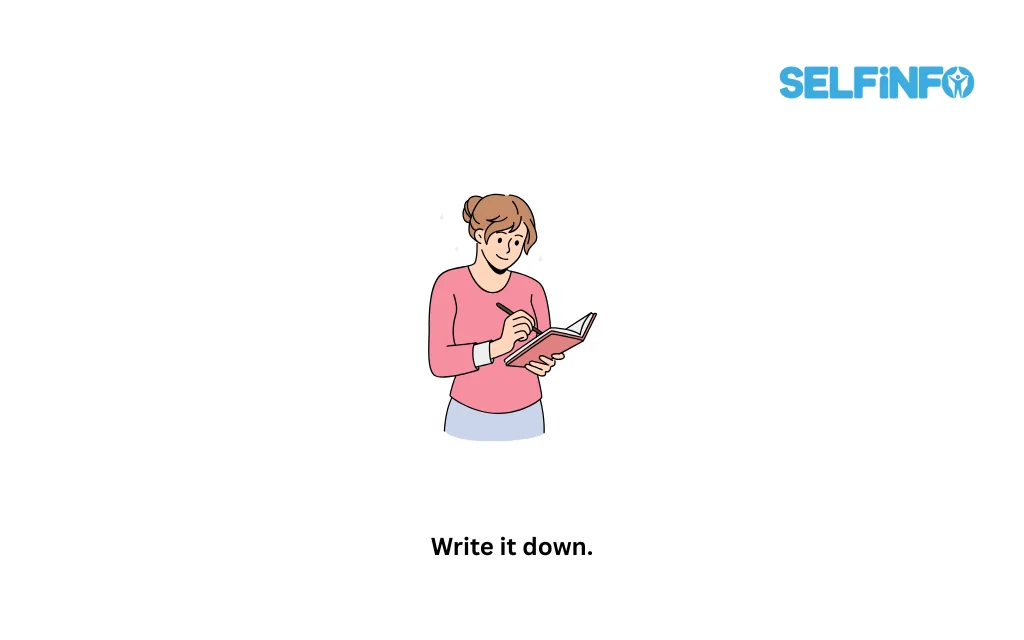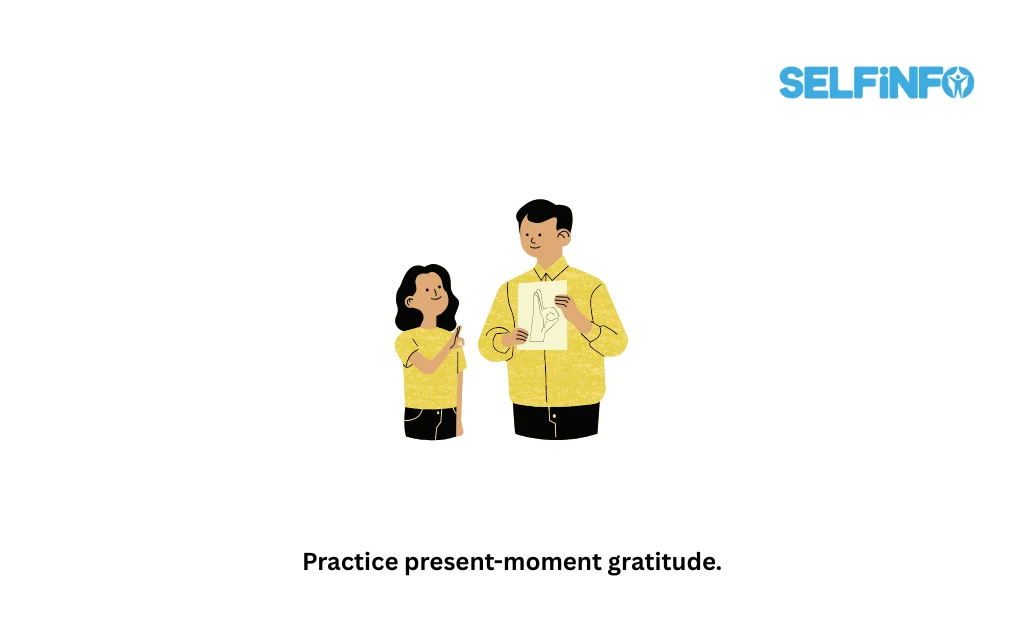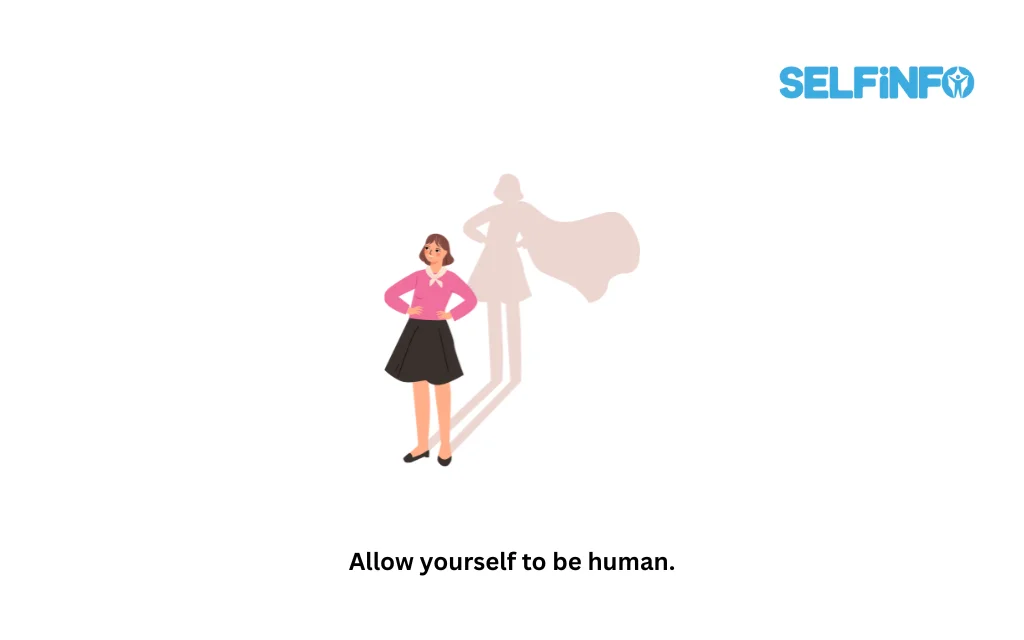Gratitude practice began for me years ago in New Zealand, when someone once said, “Be thankful for little mercies”—a phrase that’s stuck with me ever since.
When I was a little girl in the 1950s, that meant appreciating the minor things that constituted the majority of my life.
Someone, most likely my lovely grandmother, gave me some advice back then, but as I grew older, I forgot it. However, I recalled it once again in 2010.
I was having problems in 2010, much like a lot of others throughout the world.
The typical limitations—American immigration law does not recognize our relationship—as well as the unusual ones—recession, unemployment, bankruptcy, and the prospect of foreclosure on our American home—had prevented my American same-sex partner and I from seeing each other for more than a year.
My father passed away in New Zealand in July, and I gave up at that point. I could not handle life. For me, life was too big. When I was a little kid in the 1950s, I tried to wear my big sister’s wool jersey, but it was too big for her because she was so busy!
I sent the love of my life in New York an email right then and there. “I am starting a gratitude list, darling. Here are five things for which I am thankful. Let us begin communicating our love for the universe’s little mercies by adding to that.
So we did.
We started to turn our attention away from the hurt of not being able to spend time together, the tragic death of loved ones, and the approaching loss of the house where we had experienced such joy.
I now expressed gratitude for my tea and toast, my comfortable bed, the clear blue sky, and the quiet that allowed me to enjoy the birdsong in my New Zealand garden.
She expressed gratitude for the assistance she had received from others and for the positive things she had been able to accomplish that day. She expressed gratitude for her pizza, the lovely day, and the tasty water she had managed to get from an underground spring close to her upstate New York home.
Then, as the months passed, an odd occurrence occurred. We no longer felt isolated. We were able to call forth a power that neither of us could have done on our own.
Even though I was lucky to have $1.54 in my bank account at the end of most weeks and had not been able to afford to fly to my father’s funeral without borrowing money, we started to realize that, in really, we had nothing.
even though she had to decide between paying for her medical care and the mortgage, which meant the mortgage had been delinquent for a year. Even though we were aware that we would not see one another for another year at
Our health, our incredibly reassuring long-distance love, the air we breathed, and the hot water that ran in our homes were all things we gradually came to appreciate. Over time, we gradually realized that, despite the apparent lack and loss, we were incredibly wealthy.
Then, despite the state of the economy, the money started to come in, initially slowly and now in ever-increasing quantities. We have received guidance on how to stay clear of the foreclosure threat. Our home is safe at last, after what feels like an eternity!
My husband and I have been on an arduous roller coaster journey for the past few years, just like a lot of individuals throughout the world. If we had not stuck to the daily practice of appreciation over so many months, I can not even begin to picture where we would be today.
What I have discovered about beginning a thankfulness practice is as follows.

1. Commit.
With time and effort, this spiritual activity picks up steam. If you are like me, there will be days when you can think of every reason why you can not accomplish something. (Is not getting rid of the trash far more crucial?)
As they say in New Zealand, you will probably resist this practice until the cows come home because gratitude does not appear to come as easy as complaining. It is pointless to wait for the resistance to go away. Simply do it.
This event taught me that even when you are barely able to muster the energy to start the process of thankfulness, it still has the ability to captivate.
2. Begin.
So go ahead and do it. Take a seat at your computer or with a pen and paper and begin writing, “I am grateful for…” If you are at a loss for ideas, you may need to pause there and wait for a moment. Just wait, though. Give in to the present. Something will change within you. The words will flow.
Regardless of how severe your problem is, this force you are drawing into is greater than both you and it. There is more than the wave of fear that is engulfing you. That is only a small part of who you are.
Your list of thankfulness serves as a bridge to a place of rest on the other side of those turbulent seas.
3. Write it down.

During our daily phone chat, we would occasionally express our gratitude to one another if we were both really busy. I never thought this had the same impact as writing, for some reason. The written list stood out for some reason, perhaps because of the energy that seemed to surround it.
4. Feel it.
On certain days, you will write without even the slightest sense of thankfulness. It is alright. Do it anyhow. Once you are able to activate the emotion of thankfulness within your heart, allow it to spread throughout every single cell in your body. Put it into practice. Touch your heart with your hands. Lift your arms, elevate your head, and raise your body.
Embrace the emotion. Do a dance. Sing it. Regardless of what is happening around you, strive for a fullness of heart.
5. Choose a set time of day.
When you first wake up in the morning or right before bed, you might want to do this. We reside in separate time zones, therefore this is a challenge for us. The best we can do is for me to write my list to her while she is asleep and for her to write mine to me while I am asleep.
6. Practice present-moment gratitude.

Every now and then throughout the day, take a moment to remember and say, “I am grateful,” as you do something.
This is something I enjoy doing with my tea in the morning. Before you take your first sip, try giving your tea or coffee cup a delicate, kind, and appreciative touch. You will remember those things when you sit down to make your appreciation list if you go about your day with mindfulness and kindness.
7. Share the gratitude.
Join forces with someone. Find someone to pair with even though you might not be as fortunate as I am to have a life partner half a world away. You will support one another, and on the days when writing your list seems too difficult, that sense of duty to that person will motivate you to do so.
It is easier to access your own thankfulness after reading what the other person has said, and it is entertaining to see your gratitude email get longer and longer! Your progress is visible.
8. Don’t stop once you start to see results!
When we initially started to notice results, we decided to temporarily put thanksgiving on hold. However, we soon realized that the momentum behind our recuperation would begin to wane and lose some of its intensity. As if by magic, our recuperation would pick in speed as we dragged ourselves back into the practice.
9. Allow yourself to be human.

If you have to, complain. I miss the occasional day. If nothing else comes to mind, write “I am grateful I am writing my gratitude list” five times. On sometimes, we did not write for three or four days.
Either we would write a few days in one, playing catch up, or we would simply let those few days pass and resume where we left off. The small voice that says, “You have skipped a day,” should be avoided. You have utterly failed at showing gratitude! Do not pay attention to it. Remount your horse and continue your journey!
You are in for your finest!
